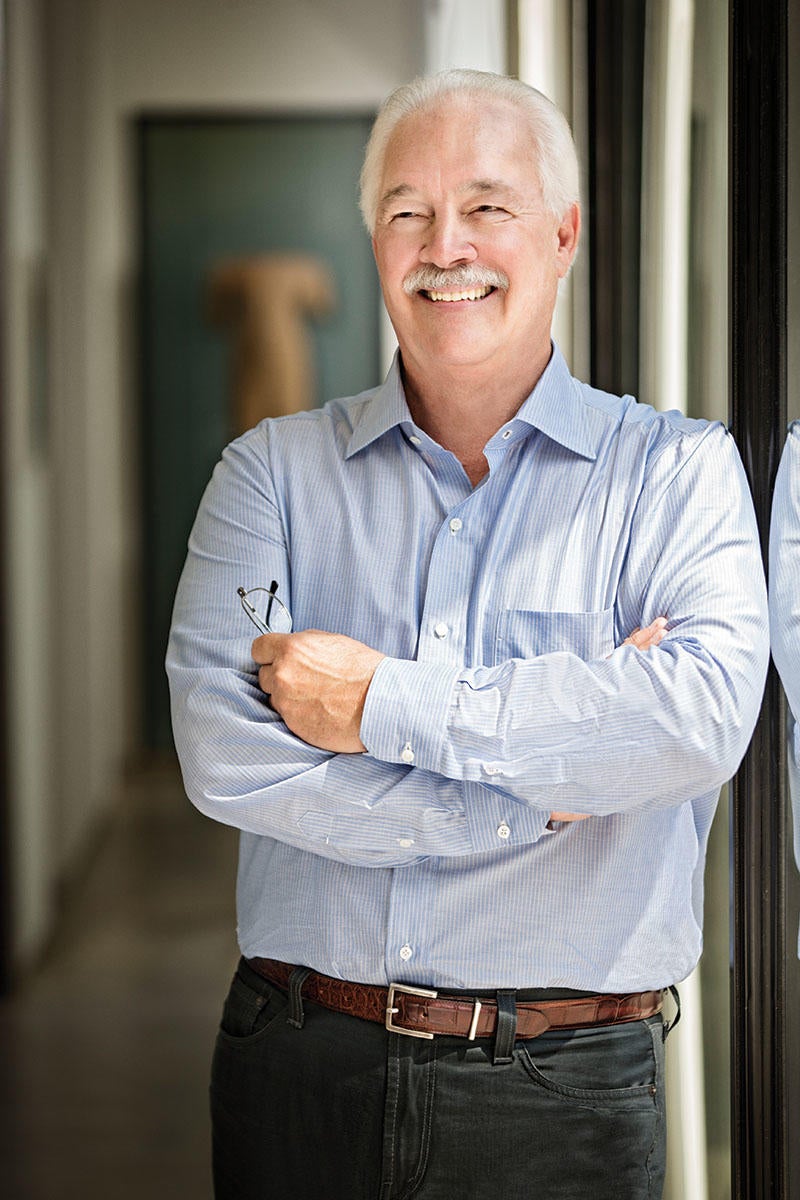For more than 30 years, David Sutherland has traveled the globe in search of the world’s best teak for his Dallas-based luxury outdoor furniture company. He tells BOH where he’s found it—and where he’s looking next.

“Teak is a unique wood in that for the first few decades of its life, it doesn’t have the properties we need for outdoor furniture—the density, oil content and silicate content—that keep bugs out of it and keep water from hurting it. Those properties start to occur in a teak tree when the plant is in its 20s, but those trees still have a lot of heartwood and aren’t quite as strong. We try to harvest from trees that are at least 30 to 50 years old.
“Back in the late 1980s, teak came from Thailand. But they completely denuded their country and had to stop all logging. It was a real wake-up call for the region. We have had 20- and 30-year partners who source wood for us, primarily from Myanmar and Indonesia. About 95 percent of the world’s teak still standing is in old-growth forests in Myanmar. These old-growth forests have had time to develop the density we’re after—the trees are more than 100 years old. However, as the country becomes more capitalist, its government is trying to find out what its natural resources are really worth. For the past few years, they’ve cut exports to less than 20,000 tons of teak each year, down from 400,000 tons. The world price is escalating, and 90 percent of what they have available, they are not selling. That impacts our partners, but they’ve seen this coming, and they’re prepared. They’ve stockpiled hundreds and thousands of cubic meters of materials. The only way you can make teak furniture cheap is to use less of it—the raw material is the biggest expense—so if someone’s starting out today, it’s very expensive.

BOH subscribers and BOH Insiders.







































